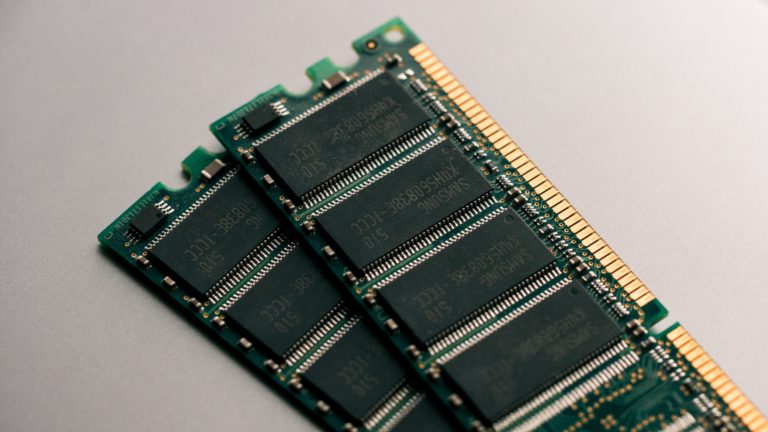All you want to know about Unshielded Twisted Pair (UTP) Cables!
Unshielded Twisted Pair (UTP) cabling is used in the vast majority of wired computer networks these days as it specified cable type of 10/100/1000BaseT networks. Every computer network has different requirements in terms of bandwidth (the rate of transfer of data) and the appropriate category of UTP cable is selected from the following Categories :
| Category | Property |
| Category 1 &2 | These cables are voice-grade cables and used in telephone networks mostly. |
| Category 3 | They are data-grade cables designed for 10Mbps networks. One variant of this category supports 100Mbps speed. |
| Category 5 | Data grade cable designed for 100Mbps networks for supporting lengths up to 100 meters. |
| Category 5e | The enhanced version of Category5 is designed to support 1000Mbps for up to 100 meters. |
| Category 6 | This version of data grade UTP cable was designed to support 1000Mbps for up to 100m lengths. It also can support 10Gbps networks for up to 55-meter lengths. |
| Category 6a | Data grade cable designed to support 10Gbps networks for up to 100 meters. |
| Category 7 | A data-grade cable to support 10Gbps networks in 100meter segments designed to reduce crosstalk and noise issues. |
The above categories for UTP cable are established by Telecommunication Industry Association/Electronics Industries Alliance (TIA/EIA).
Besides the UTP cables, there is another type of cable known as Shielded Twisted Pair (STP) which is very unpopular and rarely found these days. The STP cable is different in a way from UTP in that it has twisted pair of cabling protected against EMI (Electro-Magnetic Interference) with a metal shield. There are environments where there is a lot of EMI which could be due to factors such as electric motors or machinery and only in such unique situations it would be desired to use STP Cable. Also, it would be important to mention that their (STP) costs are higher as compared to UTP counterparts which is another reason for their unpopularity.
- Difference between Passive Matrix and Active Matrix LCDs?
- What is BYOD? Why is it trending among organizations around the world?
- What is Random Access Memory (RAM)?
- What does no one tell you about Random-Access Memories?
- Difference between Twisted Nematic (TN) and In-Plane Switching LCD technologies?
- Microprocessors & associated terminology-All your questions answered!




